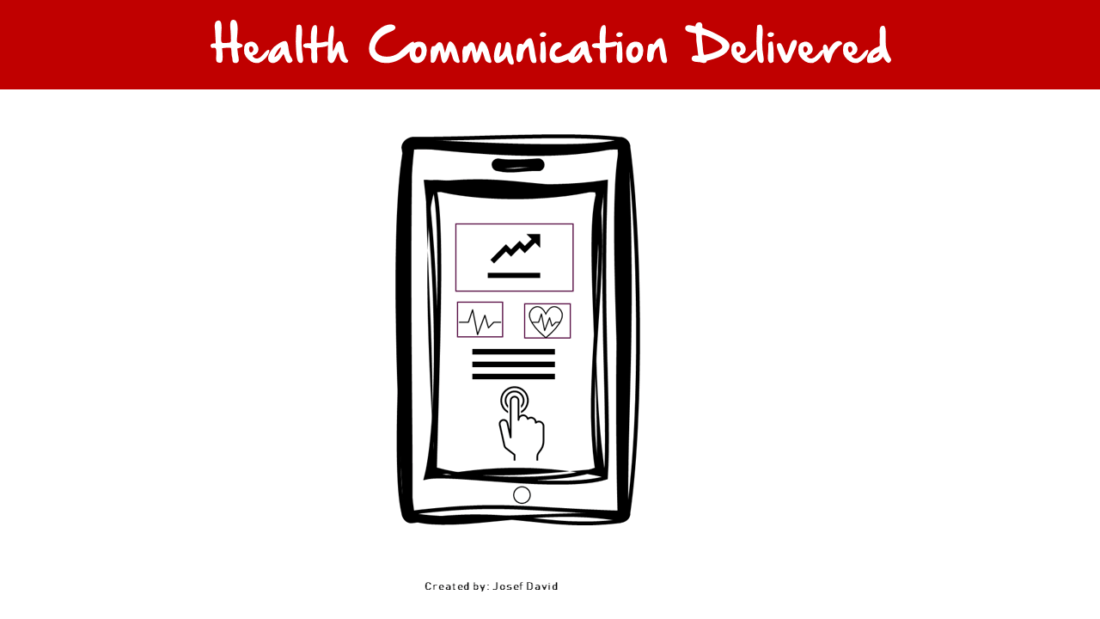What is Atrial Fibrillation (AF)?
Atrial Fibrillation, commonly referred to as AF, is a cardiovascular condition characterised by an irregular and often rapid heart rate. This irregularity can lead to a myriad of health complications, including blood clots, stroke, heart failure, and other heart-related complications. In essence, AF disrupts the normal functioning of the heart’s two upper chambers – the atria. Instead of beating effectively to move blood into the ventricles, the atria quiver. This quivering can cause blood to pool and clot, creating potential for severe health risks if a clot leaves the heart and becomes lodged in an artery in the brain or other parts of the body.
Why AF Exists
The existence of AF can be attributed to several factors. Age is a significant risk factor; as people age, they are more likely to develop AF. Other risk factors include high blood pressure, underlying heart disease, drinking alcohol (especially binge drinking), family history of AF, obesity, diabetes, chronic kidney disease and lung diseases. Additionally, certain conditions can lead to damage or strain on the heart muscle such as heart attacks or heart surgery which may trigger AF.
Effective Prevention and Treatment Strategies for AF
Preventing AF primarily involves leading a healthy lifestyle to reduce the risk factors associated with the condition. This includes maintaining a healthy weight, regular physical activity, moderating alcohol intake, avoiding smoking and controlling chronic conditions such as high blood pressure and diabetes.
When it comes to treatment strategies for AF, they generally focus on resetting the rhythm or controlling the rate of the heartbeat and preventing blood clots. Medications are often prescribed to control the heart rate and rhythm. In some cases where medications are ineffective or unsuitable, procedures may be required. These include electrical cardioversion (a brief electric shock used to reset your heart’s rhythm), catheter ablation (where small burns are used to create scar tissue to block the electrical impulses causing AF), and pacemaker implantation.
Anticoagulant medications are also commonly used in AF treatment to reduce the risk of blood clots and stroke. In some cases, left atrial appendage closure, a procedure to close off a small part of the heart where clots can form, may be recommended.
Conclusion
In conclusion, Atrial Fibrillation is a serious cardiovascular condition that requires effective prevention and treatment strategies. By understanding what AF is and why it exists, individuals can take proactive steps towards prevention. For those already diagnosed with AF, there are several treatment options available that aim to control the heart’s rhythm, rate and reduce the risk of blood clots. It’s crucial for anyone with AF or at risk of developing it to consult with healthcare professionals to devise an appropriate prevention or treatment plan.




